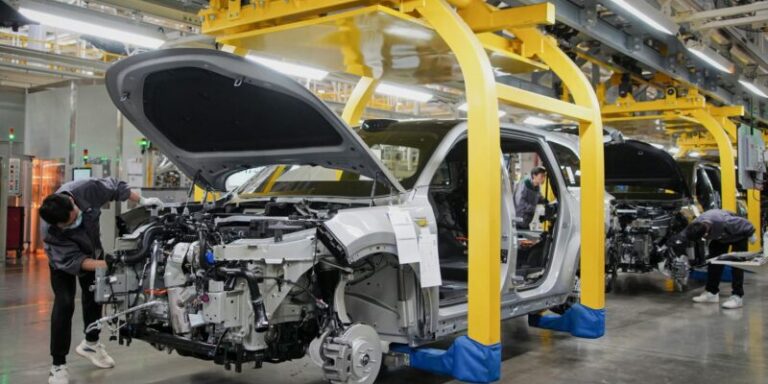
The clean energy transition and global development imperative are inextricably linked to the demand for critical minerals. To counter the impending mismatch between mineral supply and climate ambition, urgent collaboration among investors, companies, and policy-makers is essential.
As we increasingly recognize, certain minerals like lithium, silicon, and cobalt are indispensable for achieving a net-zero economy, a goal mandated by the Paris Agreement and widely embraced by investors and numerous companies.
Disturbingly, forecasts indicate that cobalt shortages are anticipated as early as 2024. Additionally, the World Bank projects that graphite and lithium production must surge by nearly 500% to have a 50% chance of limiting global warming to below 2°C by 2100.
Even with advancements in product substitution, enhanced usage efficiency, and widespread recycling, increased extraction remains a necessity. Therefore, the primary focus should be on responsibly and sustainably extracting minerals worldwide while minimizing negative impacts on people and the environment.
Demand for crucial technologies such as solar panels, renewable infrastructure, electric vehicles, and energy-efficient electronics is rapidly growing.
However, without an adequate supply of critical minerals, we risk encountering severe bottlenecks in global supply chains. It is important to note that this challenge extends beyond extraction and encompasses the processing of these minerals as well.
The ongoing global semiconductor shortage exemplifies the damaging consequences of a lack of available critical minerals. This shortage not only poses systemic risks, warranting improved resiliency for those reliant on global markets, but it also has geopolitical implications due to the heavy dependence on specific regions such as the Democratic Republic of Congo (DRC) and China for certain metals and minerals.
Furthermore, even if there is demand and accessible resources, the mining sector requires significant long-term investment to achieve global emissions targets. A Bank of America report reveals that mining investment must nearly double to reach these targets.
Critical minerals: Addressing heightened demand Another significant challenge is that the development of new mines can take up to 15 years to reach full production, even with adequate investment. Consequently, it is crucial to focus on anticipating future demand, identifying potential production sources to meet that demand, and overcoming potential supply chain difficulties while adhering to best practice standards in the mining industry.
Alternatively, an uncoordinated scramble for mineral resources by various sectors, companies, and governments, disregarding responsible sourcing practices, would be met with societal backlash and could lead to conflicts driven by mineral competition, thereby disrupting the transition process.
Over the past year, Mining2030, under the guidance of the Church of England Pensions Board, has organized two roundtable discussions with senior financial and mining figures. These discussions aimed to ensure that investors grasp the future demand landscape and understand the crucial role of the mining sector. Moreover, they sought practical solutions to address challenges, including engineering methods and potential supply chain bottlenecks.
For instance, discussions within the global engagement initiative Climate Action 100+, supported by over 600 investors with assets exceeding $60 trillion, have integrated questions about mineral supply chains into conversations with automotive manufacturers, who require substantial minerals to meet battery demand.
Investors still need to comprehend the impact of recycling, substitution, and efficiency on future mineral demand. As companies and governments develop their transition plans, it is imperative to explicitly address their resource dependencies.
Comprehending this demand and the mining sector’s ability to responsibly meet it while adhering to the highest standards will be crucial for a successful global energy transition and instilling confidence in the mining industry among societies.
Furthermore, the expansion of critical mining can align with sustainable development efforts in less developed economies. However, the true value often emerges further downstream, as raw minerals are exported before being processed. Zimbabwe’s recent declaration to halt the export of unprocessed lithium signals a potential trend among countries aiming to maximize value creation within their borders. It highlights the importance for investors to comprehend and navigate this intricate environment, ensuring the mining sector is strategically positioned to facilitate the imperative low-carbon transition and foster an equitable transition for all communities involved.





